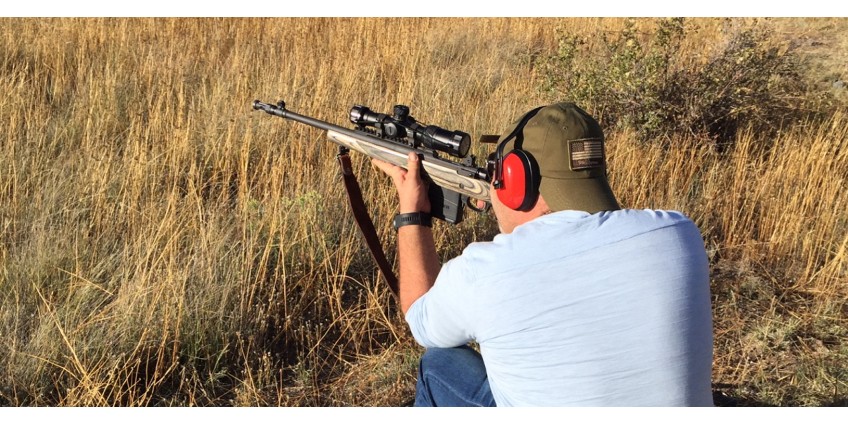
This product is not exportable outside the United States.
By adding this item to cart, you agree and acknowledge the Export Policy and confirm that you are a person in the United States with no intentions to illegally export the device.
This product is not exportable outside the United States.
By adding this item to cart, you agree and acknowledge the Export Policy and confirm that you are a person in the United States with no intentions to illegally export the device.


0

0


Many of you are probably thinking about starting manually zeroing the barrel. But let's be honest, this is a difficult task that only real professionals can successfully handle. Even if you, as a beginner, accidentally achieve an acceptable result in such a business, the price will be too high. In this regard, we recommend you not experiment and carefully read our small guide. It will save you from many problems and help you achieve the desired results.
Boresighting is both a simple and complex operation. Its simplicity lies in performing a minimum number of actions that even a beginner can easily remember. At the same time, all these actions must be performed correctly. Otherwise, it is unlikely that you will be able to achieve an ideal result. There are several proven boresighting methods. Each of them can be safely used without fear of any negative consequences.
Many people confuse the concepts of bore sighting and zeroing. These are entirely different things. If you don't understand this immediately, you can waste precious time and expensive ammunition. In this regard, we must study the information we provide carefully and understand the difference between bore sighting and zeroing.
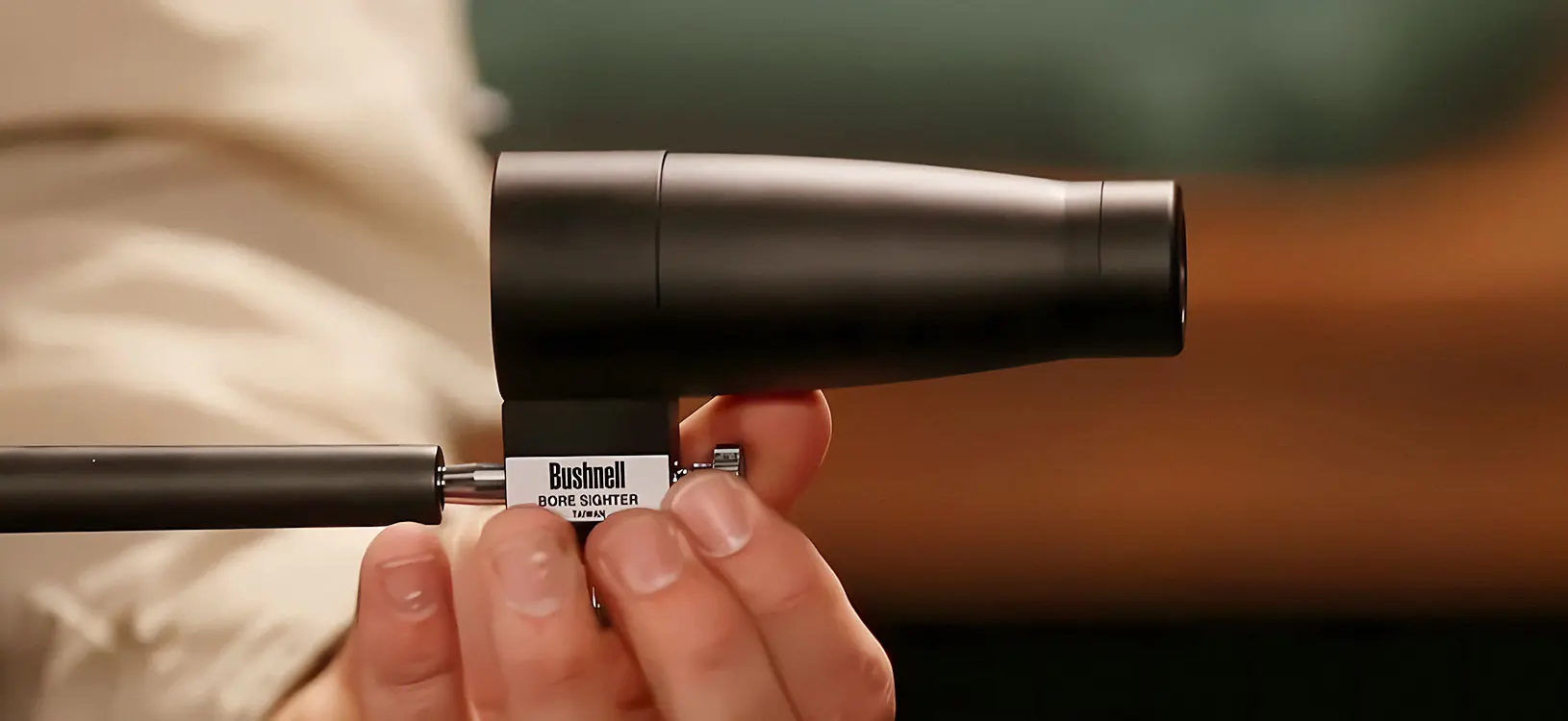
Boresight is a method of adjusting your rifle sight to match the handgun barrel of the firearm and the scope. The goal of this action is to hit the target during shooting. In turn, zeroing is a method of adjusting the sight, correlating the aiming point and the point of impact. Its goal is to hit the place you are looking at.
There are several different methods do bore sighting. The oldest involves removing the bolt on a bolt action rifle and looking down the bore. Next, you need to secure the weapon so it does not move and place it in the direction of the target's bull's eye on a fixed piece of paper. After this, you should look through the rifle scope and, without moving the gun, carefully adjust the vertical and horizontal turrets. This must be done until the mesh is in the center of the bull's eye. You aim through the bore, or the "diameter" is "sighted". Of course, this is impossible with many guns, such as semi-automatics, pump-action pistols, lever-action pistols, and most handguns.
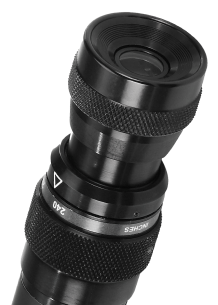
The next advancement in boresighting was to use a collimator and arbors. A collimator is a device with a graph-paper-like grid in it that is seen when looking through your scope. It is held in place by arbors inserted into your barrel from the muz-zle end. They are sized for your caliber and held in place by a spring or an expanding plug. The user then looks through his scope and adjusts the windage and elevation turrets, so the crosshair is centered on the grid you see. The arbors must be sized accordingly, and although many collimating boresights come with several arbors, some calibers might not be availa-ble in the general package of arbors.

The newest form of boresighting utilizes in-chamber laser bore sight. These are often aluminum or brass devices that look identical to shell casings per caliber. These are caliber-specific, and they have a laser diode instead of powder inside the casing. Laser bore sighters require a somewhat reflective target set some distance away to reflect your laser beam and a steady hold or a gun vise to more easily center the scope's crosshairs onto the laser's dot. Most of these in the chamber come with a red laser diode visible in sunlight at a maximum of 25 yards. These are a great and relatively inexpensive method for boresighting your firearms. The one knock is that it will require an added boresight purchase for every varying caliber you have. This is not a significant investment for individuals with an AR, bolt-action deer rifle, and another gun without an optic. However, for individuals that have many different calibers with optics, this could be rather taxing.
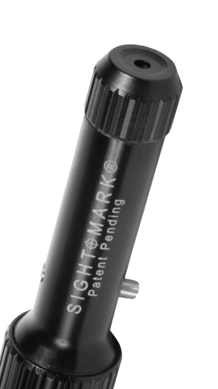
These magnetic boresights offer a slightly different variation to the in-chamber laser boresights. These attach to your muzzle with strong magnets instead of inserting arbors into your barrel. Magnetic bore sighters fit all calibers and gauges, and no other parts that can get lost or damaged are required. Magnetic bore sighters can also check zero after trans-porting your guns or after a drop or hard use. To do this, look in your gun and see where your crosshairs end up on your bore sighter's grid. Remember the placement or write it down to check zero any time. These magnetic boresights offer a red or green laser diode, allowing boresighting to occur at 25 yards (red) or 100 yds (green) during the day. Please remember that the laser's size is typically much more significant on paper when shining a laser down range. This is possibly the best device for individuals with multiple calibers with optics that they want to boresight.
After you have been able to install your rifle scope, you should start the bore sighting process. This critical step will ultimately make it possible to hit the target from any distance. This process is far from the simplest, but if you use one of the three famous bore-sighting rifle methods, you can achieve a successful result with minimal loss of effort and time.
Currently, gun owners have access to a variety of laser bore sighting tools and collimator devices. They all require proper handling but provide an opportunity to achieve your goal. You must carefully consider each action and use maximum caution when using them.
To boresight using a collimator, you must first remove the protective turret caps and check the integrity of all structural elements. Next, you need to carefully rotate the turrets responsible for the horizontal and vertical orientation of the rifle scope’s reticle. The work is completed as soon as the reticle coincides with the central point of the collimator. For more precise alignment, additional time will be needed to test the operation of weapon sights in a training ground or wildlife environment.
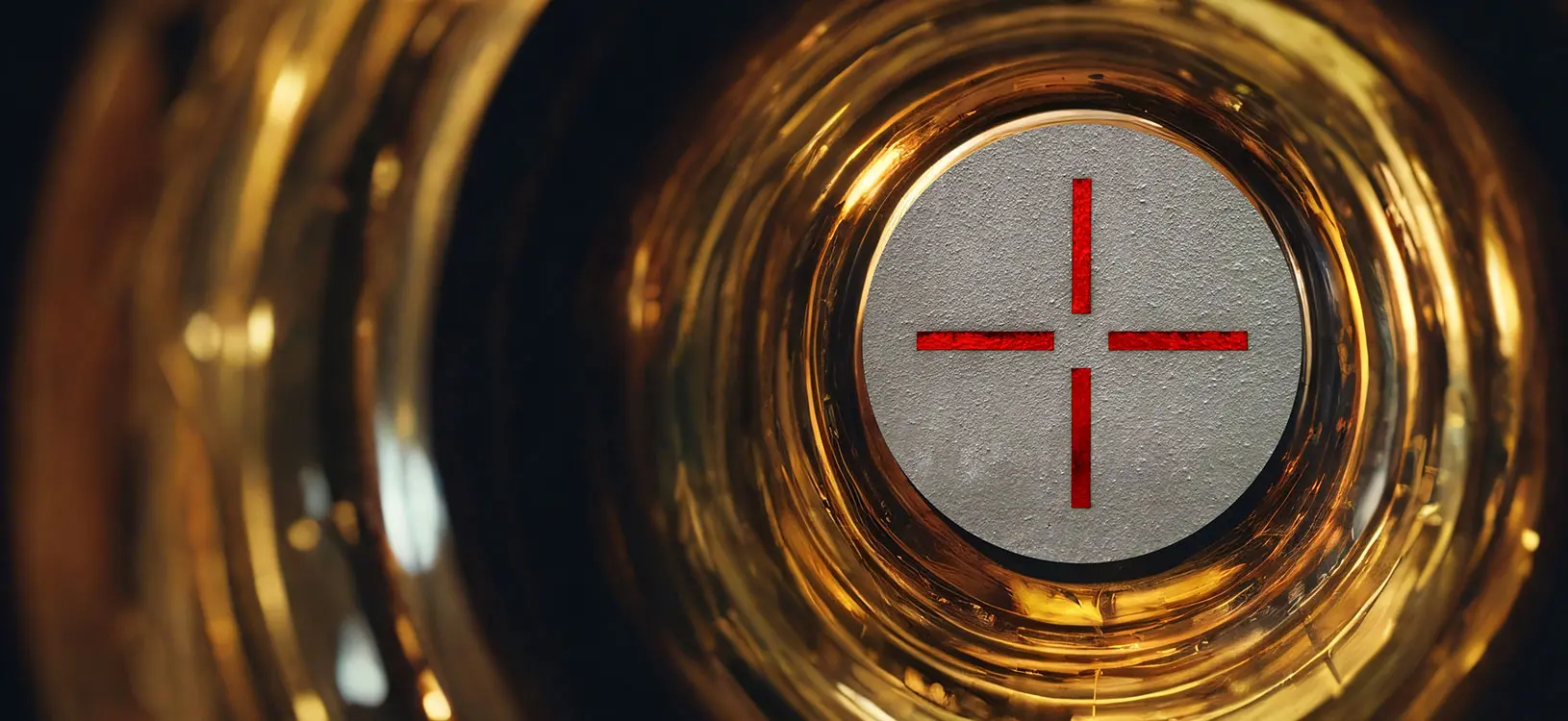
Approximately the same method is used for bore sighting laser sights. It is enough to turn the turrets in the desired direction and ensure that the reticle coincides with the laser to achieve the desired result. If you must make global adjustments, you should first check that the sight is installed correctly. Small changes in this aspect may help improve the situation.
In the absence of bore sighting devices and tools, you can use the method of searching for a mechanical center. It consists of sequentially performing four simple steps. The first is visual reference, which provides for initial bore sighting, assessing the integrity of the weapon and sight, checking for the absence of a cartridge bullet, etc. Next, you should turn the horizontal turret in one direction until it stops while simultaneously counting the number of revolutions. The resulting value must be divided in half. This number of turret revolutions is counted in the opposite direction, reaching the middle. Similar actions should be performed with the turret responsible for the vertical position of the grid. This will result in achieving the center of the mechanical adjustment range.
The roughest method of boresighting will be simply irreplaceable in some cases. It does not require overly complex operations, so it is suitable even for inexperienced shooters. At the same time, professionals prefer to use more accurate methods than those described earlier. Before starting work, the weapon must be installed on a solid rest, making it motionless. Next, you should ensure no cartridge (cal 9mm, 12mm and all others) in the store. Only after this can you begin further work. The second step is to remove the bolt from the rifle and look into the barrel. The latter should be aligned with the central point of a distant target. At the final stage, you need to look into the eyepiece of the optics and rotate the turrets in the right directions, achieving coincidence with the center, which was visible through the bore. Then, you can start test firing.
No bore sighter will sight in a gun. This can only be done by shooting the gun with a specific type of ammo at a certain distance. Every kind of ammo will have a different point of impact, such as altitude, wind, and other environmental conditions. Remember to remove your boresight arbor before shooting. Simple enough, but I've seen some excellent barrels blown apart like a peeled banana by people who should've known better. Boresighting alerts you immediately to problems with mounting and scope adjustments and saves time, ammunition expense, and often physical abuse from recoil. Every shooter should own a bore sighter whether he mounts his scopes. As mentioned, these can be used as training aids in dry firing to determine if grip, trigger pull, or jerking impacts shooters' technique. It can be used for rechecking zero on a rifle once flying or setting up for a hunt or mission. The evolution of boresight and its techniques has provided several advantages to the modern-day shooter.
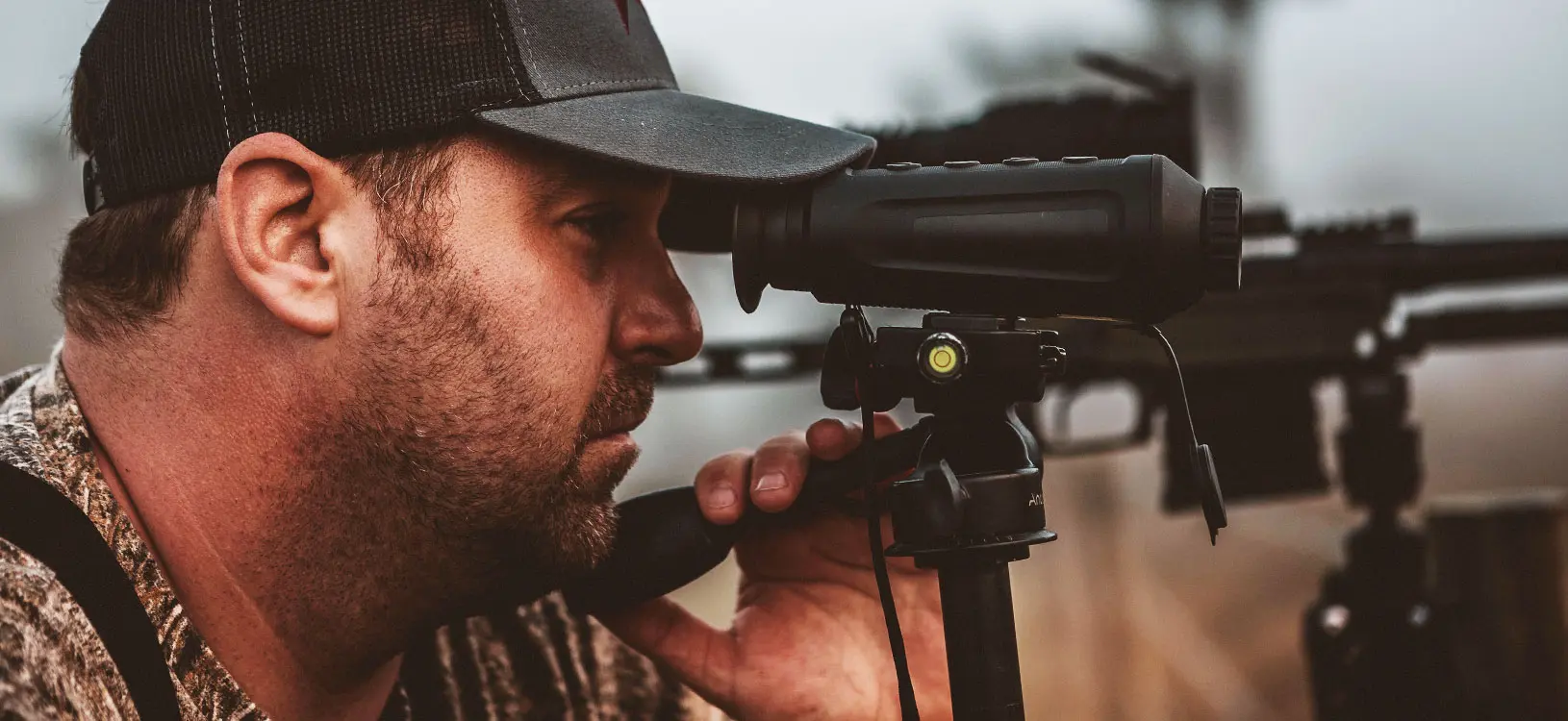
Bore sighting can be done at a distance of 25-100 yards.
Yes, bore sighting does not require much effort, but it allows you to save time and money.
Boresight allows you to align the axis of the barrel bore with the target, thereby facilitating the aiming process.
Bore sighting does not guarantee maximum accuracy, but it allows you to get close to the desired result.
Modified: May 28, 2024 | 03:21 pm
Table of contents
Featured Articles
How to choose a thermal rifle scope? The principle of operation of a thermal imaging sight and options for its use. Description of the best models of ..
The article covers general issues on how to select the right equipment. It emphasizes the importance of having specialized night vision training. Ther..
What is the difference between a common backpack and a hunting backpack? Why is your backpack crucially important? How to choose the best backpack for..
In this article, we reveal the rules of using night optics for airsoft. We will tell you how to choose the best night vision device for the game and w..
The information below will help the user to choose the unit that will match the requirements..